Throughout history, the preservation of cultural heritage has been a paramount concern for societies worldwide. Yet, the annals of history are replete with instances where cultural sites, particularly temples and monuments, faced destruction and desecration at the hands of conquerors and zealots. One such period that remains etched in the collective memory of the Indian subcontinent is the reign of Aurangzeb, a time marked by the systematic demolition of Hindu temples and cultural icons. The legacy of Aurangzeb, the Mughal emperor, is a contentious topic that continues to resonate in contemporary discourse. While some historians attribute his actions to religious zealotry, others argue that political motivations underpinned his decisions. Regardless of the underlying motivations, Aurangzeb's reign saw the destruction of several revered Hindu temples, including the Somnath temple, the Kashi Vishwanath temple, and the Kalka temple in Delhi.
In the mosaic of India's cultural landscape, the interplay between diverse religious traditions has shaped the nation's heritage. From Kerala's tranquil backwaters to Delhi's bustling streets, the echoes of centuries-old temples, mosques, and dargahs resonate with stories of faith, resilience, and coexistence. Andhra Pradesh, Assam, Bengal, Bihar, Delhi, Gujarat, Haryana, Himachal Pradesh, Karnataka, Kashmir, Kerala, Lakshadweep, Madhya Pradesh, Maharashtra, Orissa, Punjab, Rajasthan, Tamil Nadu, and Uttar Pradesh: each region bears witness to the intertwining of Hindu and Islamic architectural marvels. The juxtaposition of mosques and temples, sometimes on shared sites, reflects the syncretic spirit that has defined India's cultural fabric. Yet, beneath the serene facades lie narratives of conquest, conversion, and conflict narratives. The list of mosques built on temple sites across the country serves as a sombre reminder of historical upheavals and religious tensions. From the Dargah of Shah Fakhruddin in Andhra Pradesh to the Jami Mosque in Jaipur, these towers stand as silent witnesses to the ebb and flow of empires and beliefs.
The tale of the Keshav Rai Temple in Mathura stands as a poignant reminder of Aurangzeb's iconoclastic fervour. Built on the hallowed grounds where Lord Krishna is believed to have taken birth, the temple bore witness to successive waves of destruction and desecration. Aurangzeb's decree led to the demolition of the temple, replaced by the construction of the Id Gah Mosque—a stark symbol of religious intolerance and cultural erasure. The plight of the Keshav Rai Temple finds echoes in the broader landscape of Indian history. From the sacred precincts of Hampi to the revered shrines of Modhera and Meenakshi, temples across the subcontinent faced the wrath of invading forces and ideological conquests. The destruction of these temples represents not only the loss of architectural marvels but also the erasure of cultural identities and religious heritage.
Islamic history, both in the Indian subcontinent and globally, bears witness to the destruction of temples and religious sites. The Martand Sun Temple in Kashmir, the Rudra Mahalaya in Gujarat, and the Ram Janmabhoomi Temple in Ayodhya stand as a testament to the tumultuous interplay of religious fervour and imperial ambitions. In contemporary times, the battle for the preservation of cultural heritage extends beyond physical monuments to the realm of legal and social discourse. The Hindu community's quest for justice and restitution, as evidenced by legal petitions and archaeological inquiries, underscores the enduring significance of historical memory.
The ongoing legal battle in Mathura, where a Public Interest Litigation (PIL) seeks to uncover the buried relics of Lord Krishna's idols beneath the Jahanara mosque, exemplifies the intersection of history, religion, and jurisprudence. Through legal channels, the Hindu community seeks to reclaim not only tangible artefacts but also intangible narratives of resilience and cultural continuity. Yet, the preservation of cultural heritage transcends legal proceedings and political rhetoric. It demands a collective commitment to safeguarding the richness and diversity of our shared past. As custodians of history, we bear a solemn responsibility to honour the legacies of our forebears and protect the sanctity of sacred sites for future generations.
In the face of adversity, the resilience of the human spirit shines brightest. Across the Indian subcontinent, communities continue to celebrate their cultural heritage through rituals, festivals, and collective memory. It is through these acts of remembrance and reverence that the echoes of history reverberate through the corridors of time. As we navigate the complexities of the modern world, let us heed the lessons of history and embrace the diversity that enriches our cultural tapestry. In preserving our shared heritage, we affirm our commitment to dialogue, understanding, and mutual respect—a testament to the enduring legacy of humanity's quest for meaning and belonging.
However, history is not a monolith; it is a tapestry woven with myriad threads of faith and resilience. The conversion of temples into mosques and vice versa speaks to the adaptability and dynamism of India's religious traditions. The Jami Masjid at Penukonda in Anantapur district, for instance, symbolizes the confluence of Hindu and Islamic architectural styles, echoing an era when artisans transcended religious boundaries to create enduring symbols of cultural fusion. The shared heritage of mosques and temples underscores the intrinsic interconnectedness of India's religious communities. Despite the scars of history, countless instances of interfaith harmony and cooperation have flourished across the country. From the shared reverence for saints at the Dargah of Suleiman Shah in Madhya Pradesh to the communal harmony in the temples and mosques of Kerala, India's spiritual landscape embodies the ethos of unity in diversity. Yet, even as we celebrate the resilience of our shared heritage, we cannot ignore the shadows of intolerance and violence that loom over sacred sites. The desecration of religious monuments and the persecution of minority communities stand as stark reminders of the fragility of religious pluralism. In the present context, the need for dialogue, empathy, and mutual respect has never been more urgent. As we navigate the complexities of a rapidly changing world, the preservation of our cultural heritage must be accompanied by a commitment to fostering inclusive societies where every individual can worship freely and without fear.
Ultimately, the legacy of India's religious sites transcends the confines of history; it is a testament to the enduring quest for spiritual fulfilment and communal harmony. In the sacred precincts of mosques and temples alike, may we find solace, inspiration, and the shared aspiration for a world where diversity is celebrated, and humanity prevails.


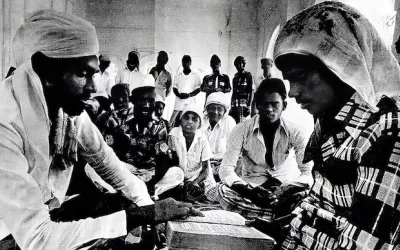
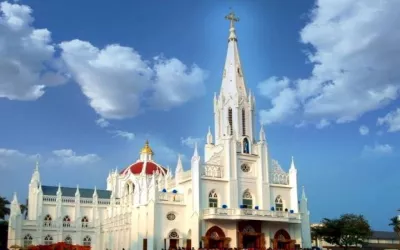
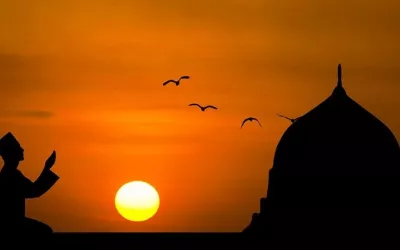
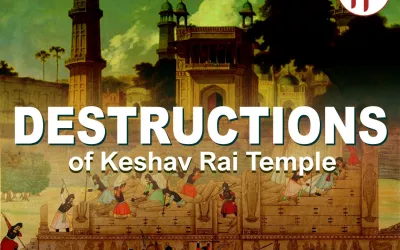
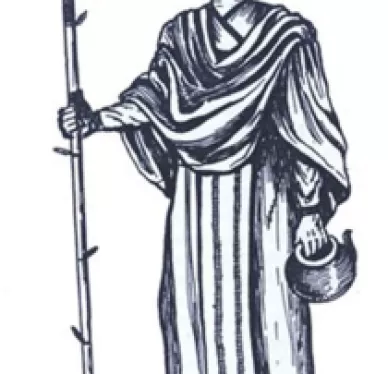

Comments
Add new comment